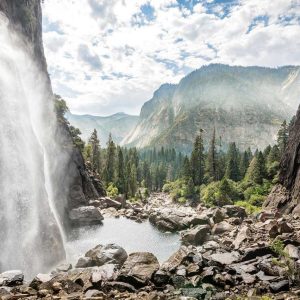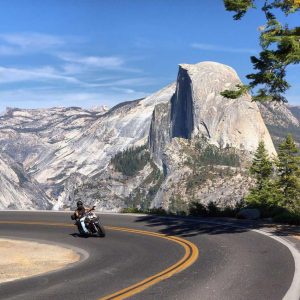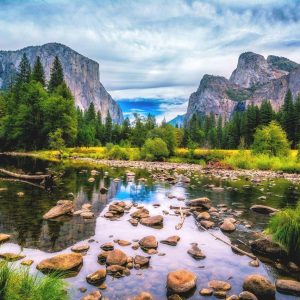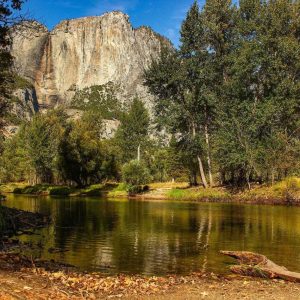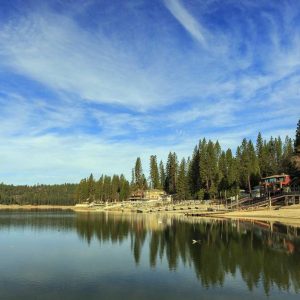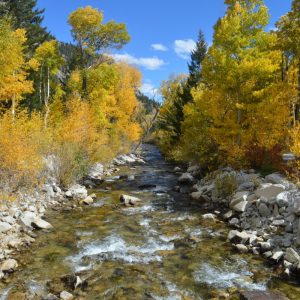Contents
CANYONLANDS NATIONAL PARK FEES & PERMITS
The following passes allow access to Canyonlands for seven consecutive days:
- Private vehicle: $30
- Motorcycle: $25
- Person entering by foot or bicycle: $15 (Under 15 is free of charge)
Other Passes
These passes admit the pass owner and accompanying passengers to all U.S. national parks (including Canyonlands) and federal recreational lands:
- Annual Pass: $80
- 4th Grade Annual Pass: free
- Military Annual Pass: free
- Lifetime Senior Pass (62 and older): $80
- Annual Senior Pass (62 and older): $20
- Lifetime Access Pass (available for those with a permanent disability): free
- Southeast Utah Annual Pass (access to Arches, Canyonlands and Natural Bridges National Monument): $55
2023 Fee Free Days
- Saturday, April 22 – First Day of National Park Week
- Friday, August 4 – Second anniversary of the Great American Outdoors Act
- Saturday, September 23 – National Public Lands Day
- Saturday, November 11 – Veterans Day
WHEN TO VISIT CANYONLANDS NATIONAL PARK
Canyonlands is a desert, but it’s a high desert, which means that things can get cold and temps can swing 40 degrees in a single day. So know before you go: Check the weather report, bring layers and plan your trip in advance.
- Winter: While it rarely snows in Canyonlands proper, winter temps rarely top 50 when the sun’s out and dip close to zero some nights. Beware of all snowfalls, since even a light flurry can make many trails impassable. Unless you’re a robot designed to perform in cold and on ice, in which case, knock yourself out.
- Spring: April and May are perfect times to visit the park, with highs from 60 to 80 degrees and lows from 30 to 50 degrees.
- Summer: Summers in Canyonlands tend to be scorchers, bringing temps over 100 degrees and late summer monsoons with the threat of flash floods. Check the forecast before you go, bring plenty of water and don’t exercise strenuously. Remember, even rainfall in other areas can cause floods where you are, so keep a wide eye.
- Fall: September and October vie with spring for best weather, with similar day and evening temperatures and that amiable, come-hither sunniness.
